02:11
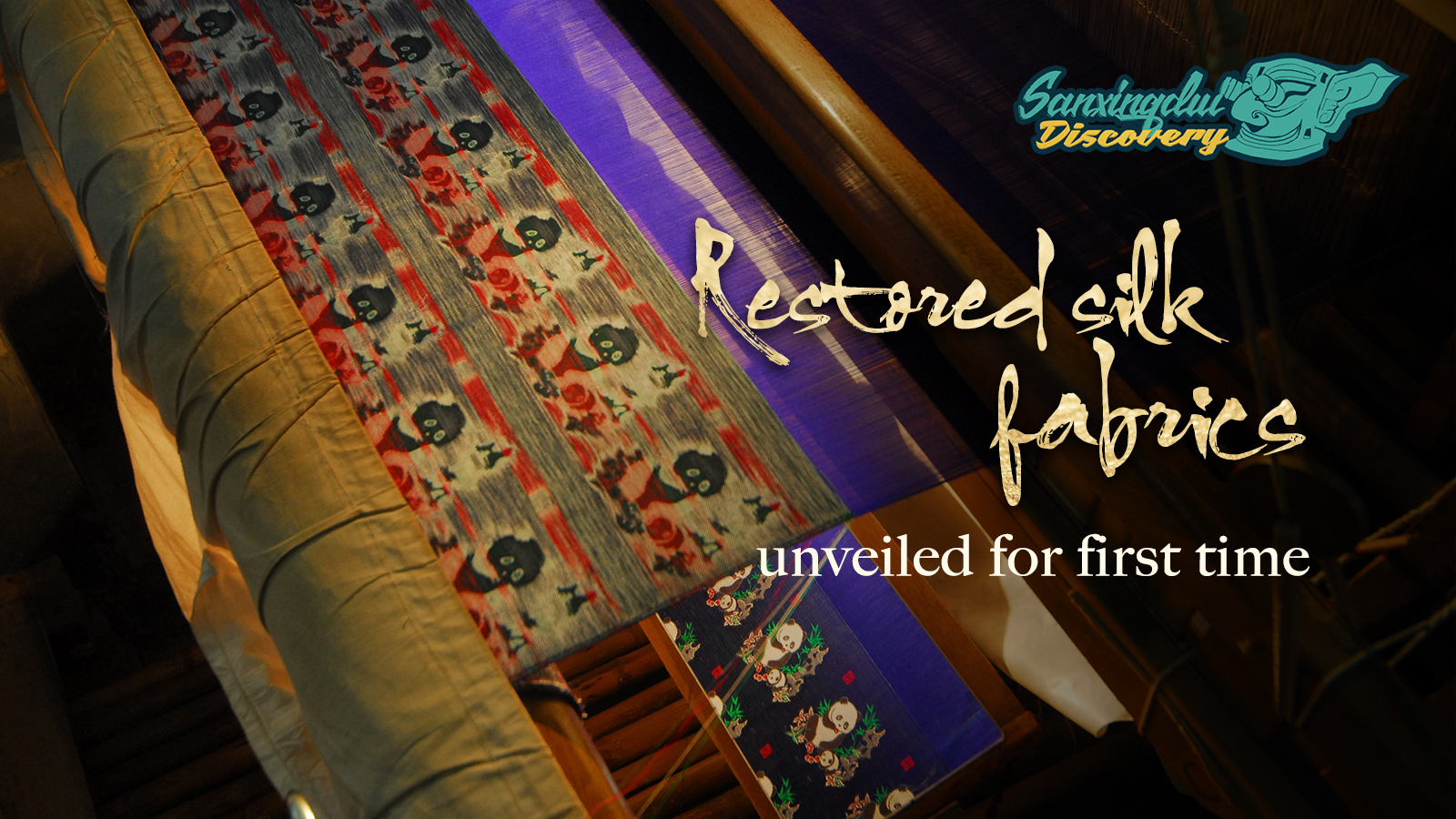
Using modern technology, Chinese archaeologists and researchers have restored silk fabrics from the Sanxingdui Ruins site in southwest China's Sichuan Province and unveiled them for the first time.
What appeared to be ash on the surfaces of gold masks, bronze wares and other artifacts uncovered at the site turned out to be silk, according to China's cultural authorities.
This is the first time silk and textile residue has been unearthed at the Sanxingdui Ruins, and the discovery advances the origin of silk in the Sichuan Basin to over 3,000 years ago, according to the archaeologists.
The new findings indicate the ancient Shu Kingdom was one of the important origins of silk in ancient China, shedding light on the unified yet diverse origins of Chinese civilization.
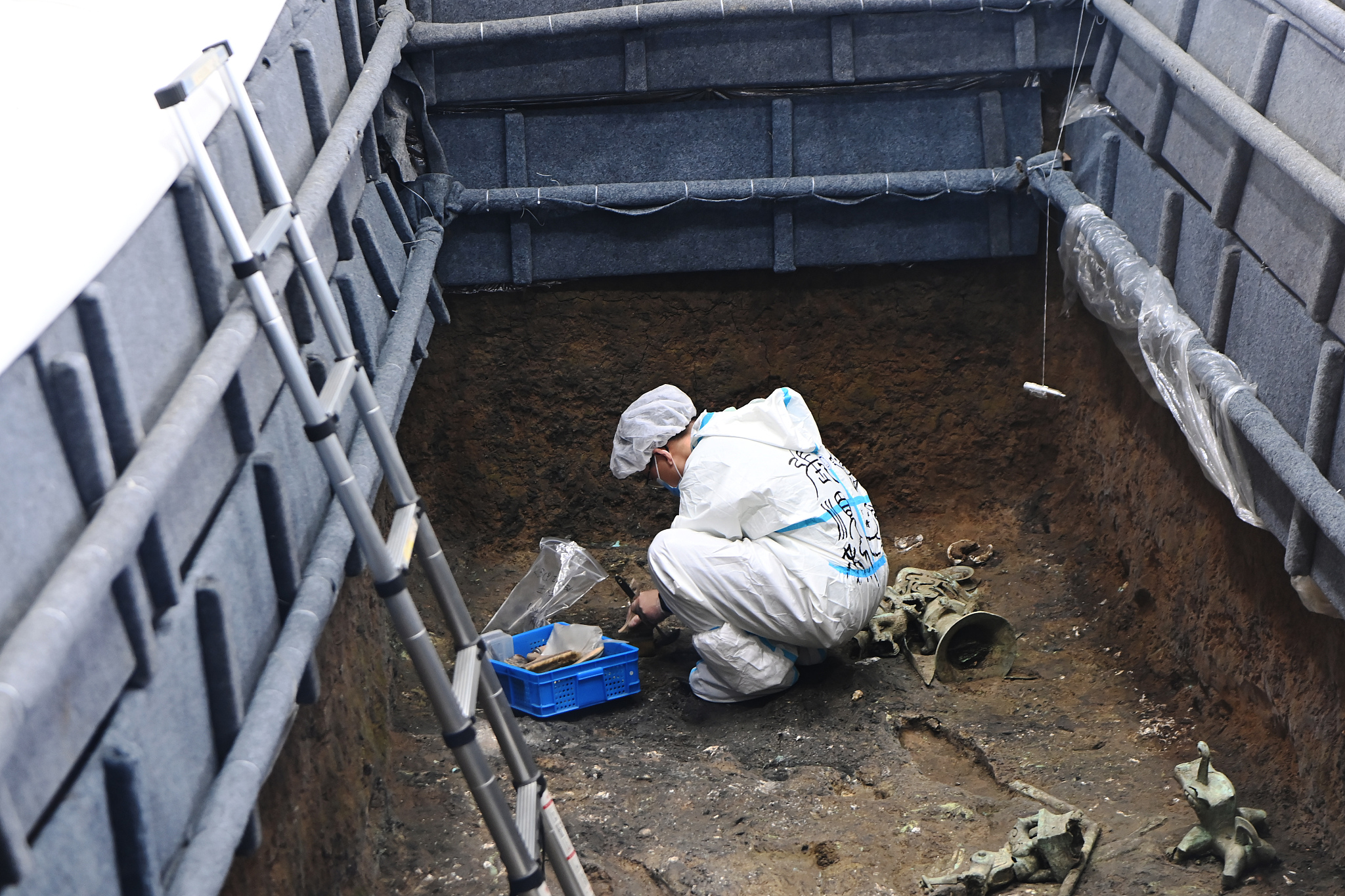
An archaeologist works at the Sanxingdui Ruins site in southwest China's Sichuan Province, September 9, 2021. /CFP
An archaeologist works at the Sanxingdui Ruins site in southwest China's Sichuan Province, September 9, 2021. /CFP
After over half a year of research, crew members from the China National Silk Museum and Sichuan Provincial Cultural Relics and Archaeology Research Institute found that there were mainly three types of fabric.
"We found three types of fabrics at the Sanxingdui Ruins site this time, namely Juan, Qi and braided fabric," said Long Bo, an associate research fellow at the China National Silk Museum.
Sacrificial objects with spiritual meaning
The researchers discovered the fabric found in the No. 8 pit was juan (tough silk) after restoring it on a computer, but the exact color is very hard to identify due to erosion.
Researchers at the China National Silk Museum used white and black pieces of paper to better show the structure of juan, and even illustrated how to produce it on site.
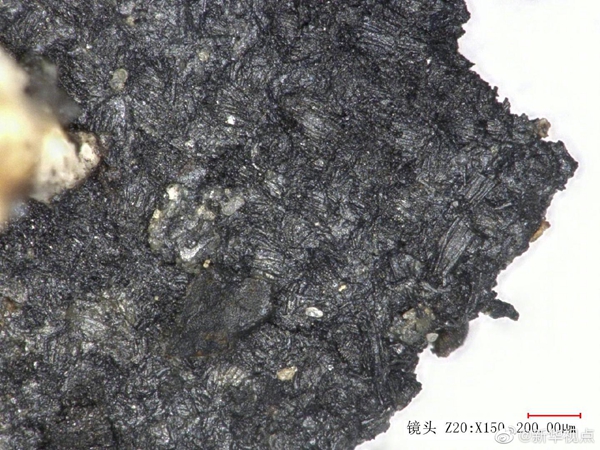
Chinese archaeologists extract silk residues from the black ashes uncovered from the sacrificial pits at the Sanxingdui Ruins site in southwest China's Sichuan Province. /Sichuan Provincial Bureau of Cultural Relics
Chinese archaeologists extract silk residues from the black ashes uncovered from the sacrificial pits at the Sanxingdui Ruins site in southwest China's Sichuan Province. /Sichuan Provincial Bureau of Cultural Relics
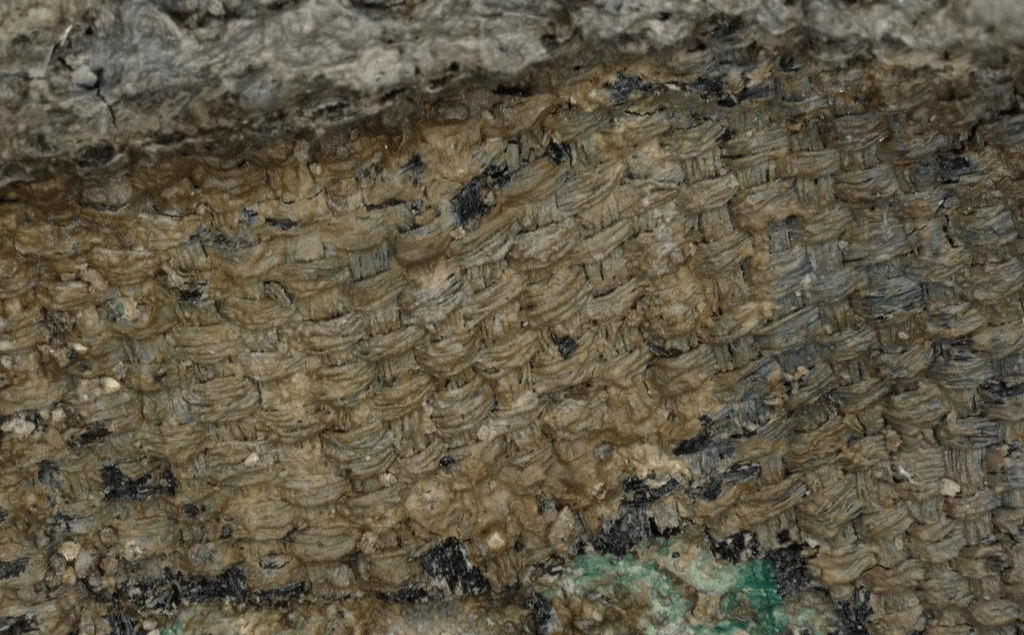
Some of the residues of the silk fabrics unearthed from the No. 8 pit at the Sanxingdui Ruins site. /Red Star News
Some of the residues of the silk fabrics unearthed from the No. 8 pit at the Sanxingdui Ruins site. /Red Star News
Zhou Yang, a research fellow at the museum said that silk was first used in sacrificial objects, and it was later used in tombs, as well as in ordinary people's daily clothing. The silk fabrics found at the Sanxingdui Ruins recently are sacrificial objects.
"The silk found in this sacrificial burial pit bears even more spiritual meaning, because we know that that scenario is for connecting heaven and earth, and connecting human and god, which has a certain religious meaning. So the silk found here is obviously different from those discovered in tombs or ruins," said Zhou.
Shedding light on the origin of Shu brocade
The discovery of silk fabrics at the Sanxingdui Ruins is of great significance to the historical research of the Sichuan silk, one of China's most famous brocades also known as Shu brocade (Shujin), and of the silk of Central Plains, according to Zhou.
"This time, through more cutting-edge scientific cognition methods, we found the existence of silk, and filled the vacancy of silk in the Sichuan Basin with archaeological evidence," noted Zhou.
On the basis of the new findings, the history of silk in the Sichuan Basin can be dated back to the Sanxingdui period, about 3,000 years ago during the Shang Dynasty (1600-1100 B.C.).
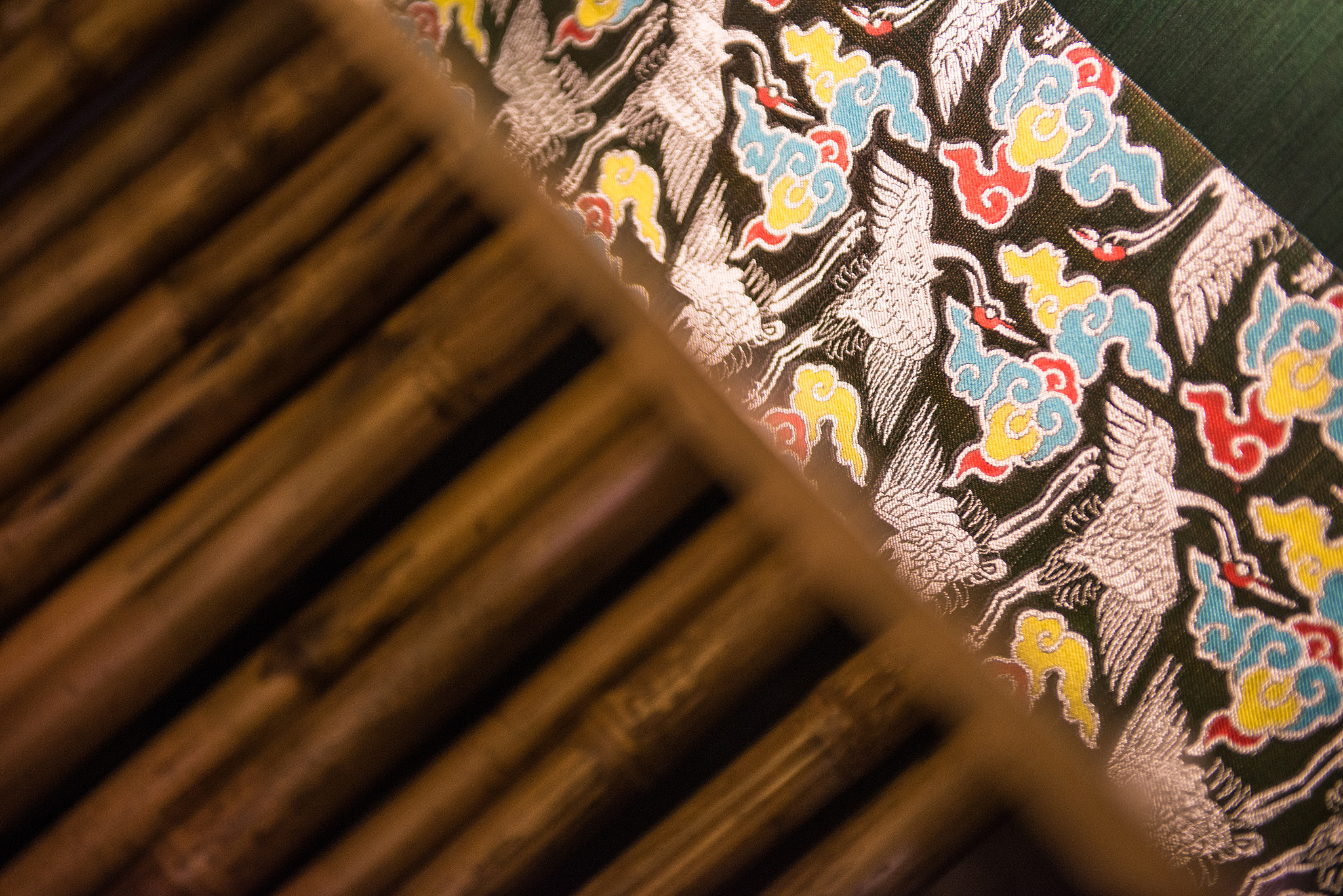
Sichuan silk, also known as Shu brocade, is one of the four famous brocades in China. /CFP
Sichuan silk, also known as Shu brocade, is one of the four famous brocades in China. /CFP
The wide variety of fabrics uncovered at the site showcase the connection between the Sanxingdui culture in southwest China's Sichuan Basin and the Yin Ruins, another notable archaeological site in central China's Henan Province.
"Thus again, it demonstrates the pluralistic and unified features of the Central Plains civilization. We can draw the same conclusion from the perspective of silk," said Zhou.
Chinese archaeologists have recently unveiled a series of new major discoveries from six newly found sacrificial pits at the Sanxingdui Ruins site in southwest China's Sichuan Province, mostly from pits No. 3, 4, 7 and 8.
The much anticipated archaeological excavation of the Sanxingdui Ruins site has been underway since the site announced the discovery of six more pits in March. Nearly 10,000 cultural relics have been unearthed so far.
(Video by Hong Yaobin; Cover image shows the textile process of Shu brocade, designed by Feng Yuan)

